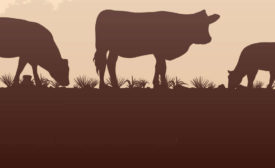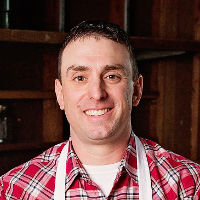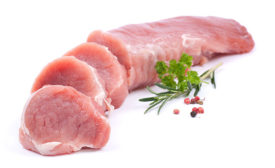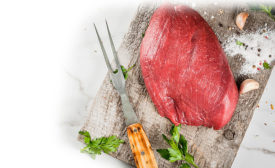Home » Keywords: » increased animal size
Items Tagged with 'increased animal size'
ARTICLES
Processing Tech
Meeting the challenges of whole-muscle processing
Whole-muscle madness: Meat and poultry processors automate and customize to meet challenges of whole-muscle processing.
Read More
Processing Tech
Maintaining portion control
Portion control is becoming more prominent as the size of meat and poultry carcasses expand and consumers seek more manageable and economical protein selections.
Read More
Processing Technology
More meat, more problems
The move to larger carcasses may produce more protein, but it also complicates the processing and handling of whole-muscle cuts.
Read More
Stay ahead of the curve. Unlock a dose of cutting-edge insights.
Receive our premium content directly to your inbox.
SIGN-UP TODAYCopyright ©2025. All Rights Reserved BNP Media.
Design, CMS, Hosting & Web Development :: ePublishing








